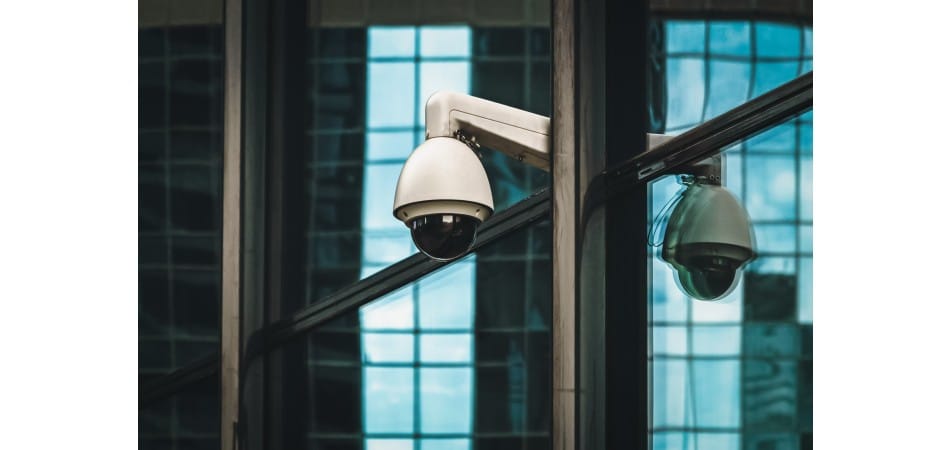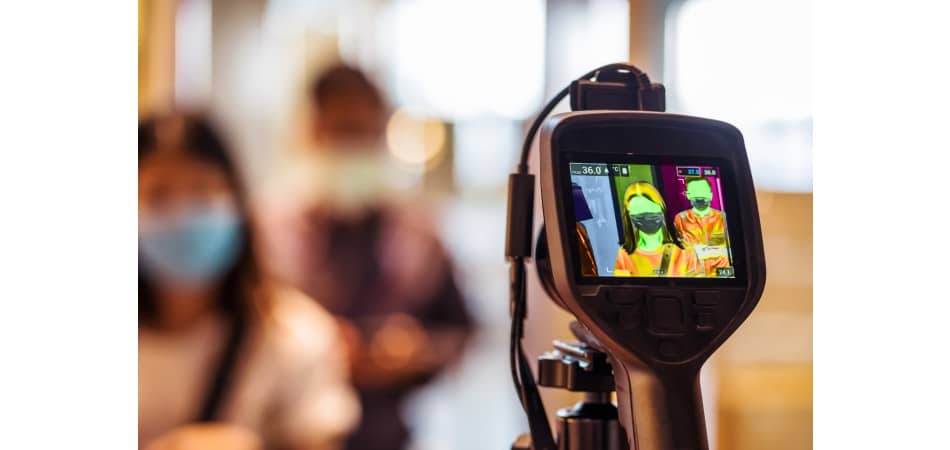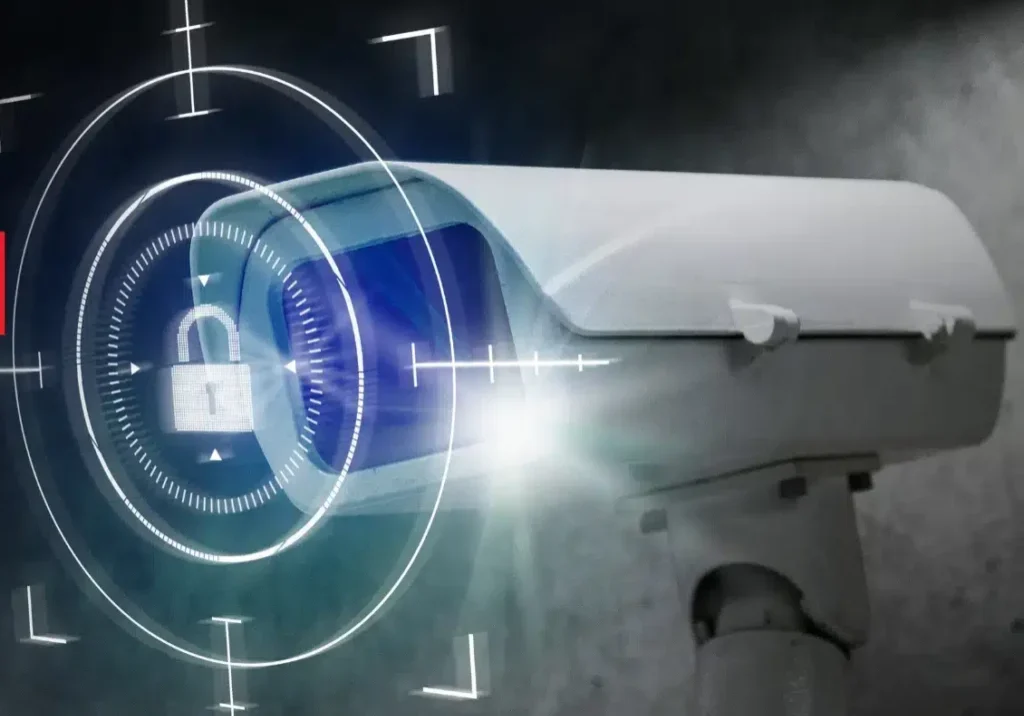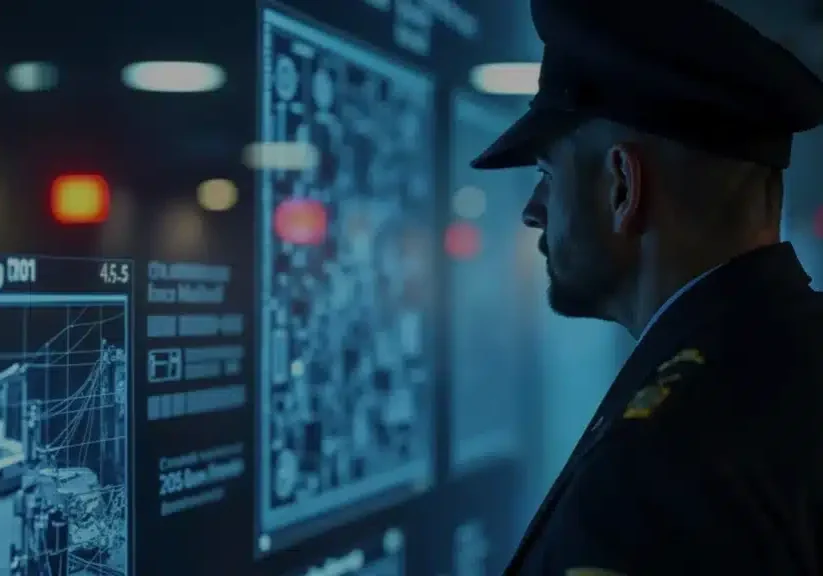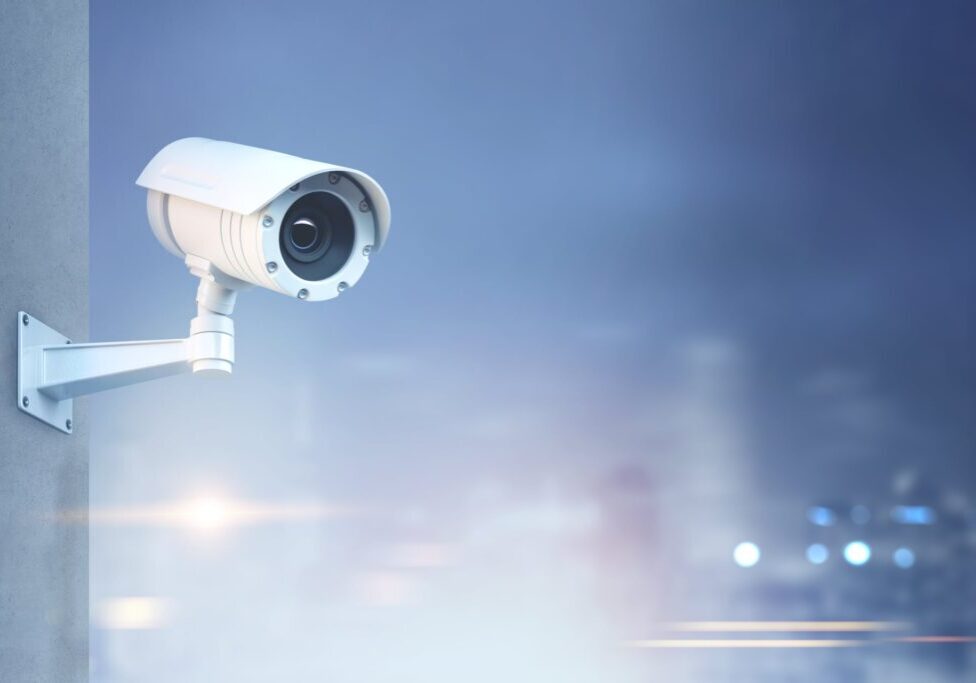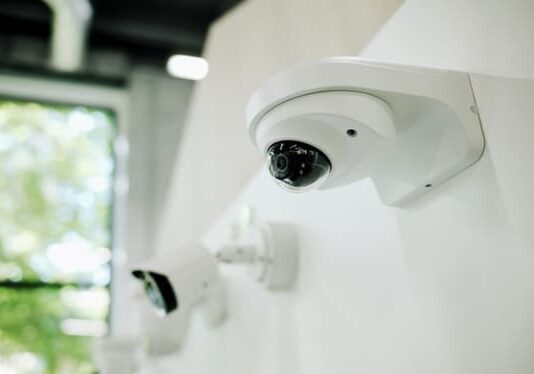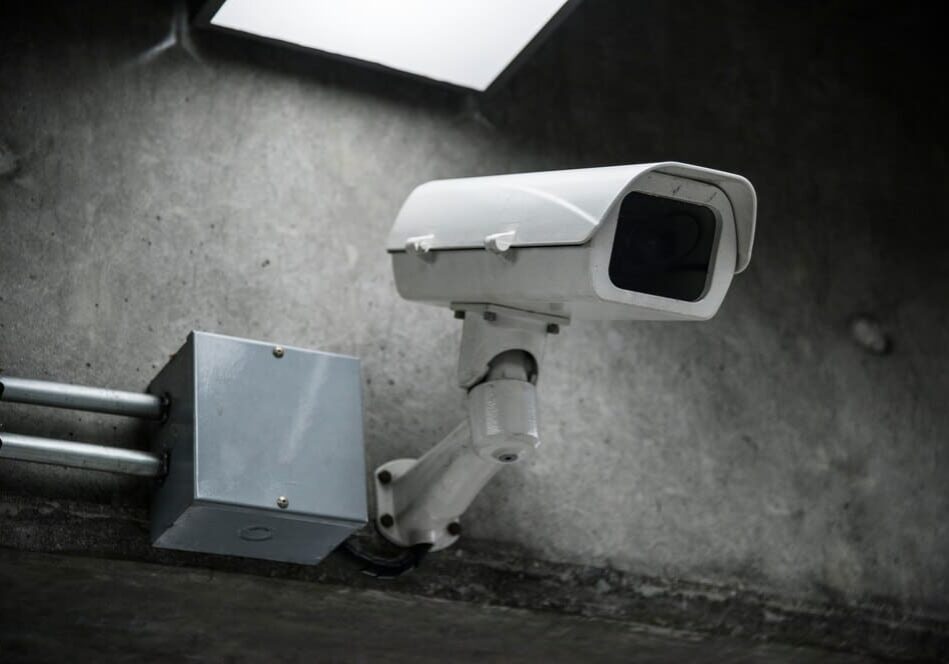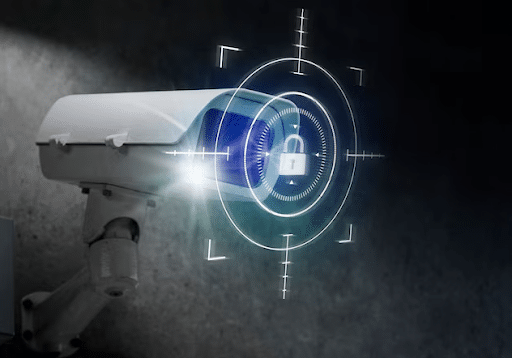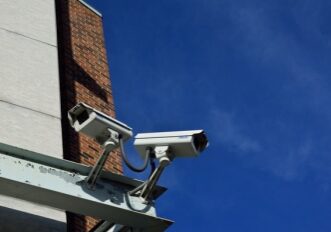Summary:Infrared cameras see heat reflected from objects and work well in low light, helping with night security and wildlife monitoring. Thermal cameras detect actual heat, working in total darkness, and are used in firefighting, industrial inspections, and medical checks. Choose based on budget, purpose, and light conditions.
Physical security systems over the past few years have evolved a lot, and modern-day business owners get to use more intelligent, faster, and more responsive protection equipment. Modern video security solutions have sophisticated capabilities to quickly react to different threats. Yet, with so many choices in the market, choosing the right devices appropriate for specific environments demands a good understanding of available options.
Video surveillance is one of the pillars of any useful business safety system. Installing CCTV cameras will prevent almost 60% of possible burglars. Yet, while simple camera installations offer some degree of deterrence, positively effective protection comes through tailoring video surveillance solutions to meet the precise requirements of each business.
The owners are responsible for choosing camera technologies to offer specialized footage under different conditions. Specifically, do business companies use infrared cameras, thermal cameras, or any other option? We have created a full comparison guide to support decision-makers in analyzing infrared vs. thermal cameras’ primary differences, advantages, and disadvantages.
What Are Infrared Cameras?
Infrared cameras, or IR cameras, are especially made to detect and capture infrared radiation radiated or reflected from objects in their path of travel. Because all things above a total zero emit infrared energy due to their temperature, active IR cameras can sense movement or unusual activity that definitive CCTV installations may miss.
These cameras use a sensor known as a Focal Plane Array (FPA) to make infrared images. The FPA includes multiple detector features, and each one of these detector components can detect and estimate the infrared radiation it receives. This radiation is then transformed into electrical signals, and the signal strength is instantly proportional to the infrared radiation power detected.
All the detectors transmit their signal to an integrated processing module, which combines the information to generate a readable picture. Regions in pictures that produce more infrared radiation are brighter so that people can properly observe and comprehend pictures even in complete darkness or low light.
Common applications:
- Night vision surveillance and security: Infrared cameras can see in hidden spots. Taking clear shots in the dark is useful for the army, police, and other security surveillance.
- Wildlife observation: These cameras have widespread use in wildlife studies and conservation methods. They permitted researchers to study animal behavior, track patterns of movement, or assess resident populations without interfering with the natural environment.
- Low light photography: Since infrared light illuminates an atmosphere with all darkness, the IR camera functions excellently in low-light situations to produce clear and HD images without an outside light source. This ability preserves the major visual details, thus giving better clarity and performance under low-light conditions.
What Are Thermal Cameras?
In selecting between thermal and infrared cameras for security use, understanding the differences in how each technology produces an image is essential. Although both are sensitive to infrared radiation, the sensor modes are disparate.
In contrast to older Focal Plane Array (FPA) cameras, most modern thermal cameras are made with microbolometer sensors. These sensors warm up upon the incidence of infrared radiation, and the temperature change is read as electrical signals. The formed image displays the variation in heat, and distinct colors mean the temperatures of objects in the camera’s range.
The primary difference between the two is that they create their images differently: infrared cameras image objects based on the amount of infrared radiation reflected or emitted. Thermal cameras develop images based only on heat. It enables thermal cameras to operate well in total darkness without ambient light.
Principal Applications of Thermal Cameras:
- Firefighting and Rescue Operations: Thermal cameras render an opaque smoky environment for firefighters, locate and destroy hotspots, and rescue trapped individuals, thus ensuring the safer and efficient accomplishment of their operations.
- Industrial Inspections: These cameras provide an effective means to monitor equipment temperature; to identify overheating equipment, electrical faults, maintenance issues, or prevent economic breakdowns, and thus afford a cost-saving self-examination mechanism.
- Security and Monitoring: Thermal cameras are paramount to intelligent perimeter security systems, making them ideal for intruder detection in no-light or covered scenarios.
Significant Infrared to Thermal Camera Differences
Thermal and infrared cameras may occasionally be confused with one another in video surveillance; nevertheless, there are important distinctions between the two. All thermal cameras are infrared cameras, but many cannot capture thermal images.
Infrared cameras are used to detect and capture infrared radiation, electromagnetic waves with a wavelength longer than that of visible light. Thermal cameras are a special category of infrared cameras: they are meant to infer the amount of infrared energy and present the variations in heat as a thermal image representing actual temperature differences.
All thermal cameras are infrared cameras because they can see infrared radiation. Not all infrared cameras are thermal cameras. However, some infrared cameras are utilized to detect other forms of visual communication, but cannot transform them into heat images.
Infrared vs. Thermal Camera
| Feature | Infrared Camera | Thermal Camera |
| Technology | It uses sensors to detect infrared radiation reflected or emitted by objects. | Detects heat signatures by sensing infrared radiation and visualizes temperature differences. |
| Image Output | Produces visible light images enhanced with infrared details. | Generates thermal images displaying heat variations, often in grayscale or color-coded formats. |
| Main Uses | Ideal for security surveillance, wildlife monitoring, and low-light photography. | Primarily used in surveillance, industrial inspections, firefighting, and military applications. |
| Performance in Darkness | Effective in low light but requires some ambient light or IR illuminators for optimal performance. | It functions perfectly in complete darkness by detecting heat without relying on visible light. |
| Price | Generally more affordable and widely available. | Typically more expensive due to advanced heat detection technology and specialized imaging capabilities. |
Which Camera Should You Choose?
The option of an infrared versus thermal camera is fit for a particular application and environment for which it is best suited.
- For night viewing and security: An infrared camera can observe intruders in complete darkness or poor weather conditions. In fact, illegally observing heat signatures forms the center of surveillance and perimeter security systems. Infrared cameras serve as natural night vision by providing good visibility of objects or persons by detecting their emission of infrared radiation.
- For detecting heat leakages, electrical faults, or medical causes: Thermal cameras are good at pinpointing inefficiencies in energy loss, defects in insulation, or water seepage. These are most suitable for energy audits, building inspections, or medical diagnoses.
- Being budget-conscious: Infrared cameras are available from entry-level to high-end products that fit all budgets. Infrared cameras are cheap as long as your need is simple night vision. On the other hand, very expensive IR and thermal-type models are found to be at the same price point.
- For heavy use scenarios: The thermal camera is used by firefighters for locating people through smoke and detecting hotspots for better emergency response safety and effectiveness.
Industries That Benefit from Infrared and Thermal Cameras
Industries With Which Infrared and Thermal Cameras Complement
Security & Surveillance:
Thermal and IR cameras, without a doubt, are utilized in a security system, especially in regions sensitive to security, such as military bases, power plants, or transport terminals. In situations involving dim environmental factors, they can produce brilliant images and are usually set up for column monitoring or night surveillance.
Detection of intruders in total darkness, heavy concealment, or hidden regions by thermal cameras is very efficient, as such cameras detect heat signatures not visible to normal and infrared cameras.
Rescue and Firefighting Operations:
Thermal cameras are necessary for the rescue team and firefighters to penetrate the smoke to find hotspots and individuals trapped in dangerous situations.
Unlike infrared cameras that rely on light, thermal cameras operate even with zero visibility, thus placing them among the few options available for life-critical rescue.
Industrial Maintenance
Thermal scanning brings the industrial setups, such as server rooms, power plants, and furnaces, to detect electrical failure, heating conditions, and insulation failures before they lead to expensive breakdowns or safety hazards.
Infrared cameras also help facility security by providing unobstructed lines of sight for around-the-clock surveillance of industrial compounds.
Home Inspection:
Thermal imaging technology favors companies in the energy sector, such as gas, oil, and renewable energy. Scanning devices such as electrical grids, transformers, pipelines, and solar panels for abnormal temperature patterns are preventive maintenance measures to reduce the risk of failure or outages.
Medical & Veterinary Applications:
Thermal cameras are now a common tool in hospitals and veterinary clinics for non-invasive diagnosis, such as fever detection, circulation check, and inflammation assessment. Thermal imaging has been widely applied during public health crises for quick temperature scanning in hospitals, public places, and veterinary hospitals, offering quick and safe tracing.
Conclusion: Choosing the Right Camera for Your Needs
Thermal and infrared cameras are the best options. They satisfy the demand for crime-detection or safety-related fields. Property owners must deeply analyze their security issues to focus their choice between infrared and thermal cameras. Thermal cameras would be good for someone whose main concern is monitoring unauthorized intrusions without needing a highly detailed picture. They are good for detecting heat signatures and can be used to watch the machinery or equipment for anomalous temperature variation, indicating an issue.
In contrast, if one aims to enhance their commercial CCTV system to deliver fully integrated, clear, and high-resolution images of suspicious behavior regardless of the lighting conditions and aid in threat identification and vehicle tracking, then infrared high-resolution cameras would be the solution! Resolute Partners pledges to customize the video surveillance systems to meet your security needs. Perhaps you need thermal cameras, infrared systems, or an integrated system, and the experts will install the solution that suits you. Contact Resolute Partners today to schedule your consultation and secure your business with the most effective technology.
FAQs
Infrared cameras capture the reflected infrared light and are ideal for certain low-light imaging. On the other hand, thermal cameras look for heat given out by different objects and can establish pitch darkness variations.
Yes, for thermal cameras, the security application is quite apt for detecting heat and intruders at night or in bad weather, and hence suitable for sensitive places and large areas.
Yes, thermal cameras are usually costlier due to their highly advanced heat-sensing technology, but when it comes to absolute absence of light and when faced with bad environmental conditions, they far outdo the infrared cameras.
Yes, these cameras are called night surveillance cameras as they illuminate the whole scene with infrared illumination to capture images without the assistance of any visible light.
No, thermal cameras can only see surface heat and cannot penetrate through solids.r

Michael S. Blanco is the Chief Executive Officer and Co-Founder of Resolute Partners, LLC, where he leads strategic initiatives across various divisions. After owning family entertainment centers in New England, he co-founded Resolute Partners in 1996, launching the first Internet cafés for the U.S. Navy and partnering with AT&T for global deployment. A pioneer in wireless communications, Michael has expanded the company’s focus to include Energy Management/IoT, Cybersecurity, and Managed Video Security. He holds a degree from the Rochester Institute of Technology.
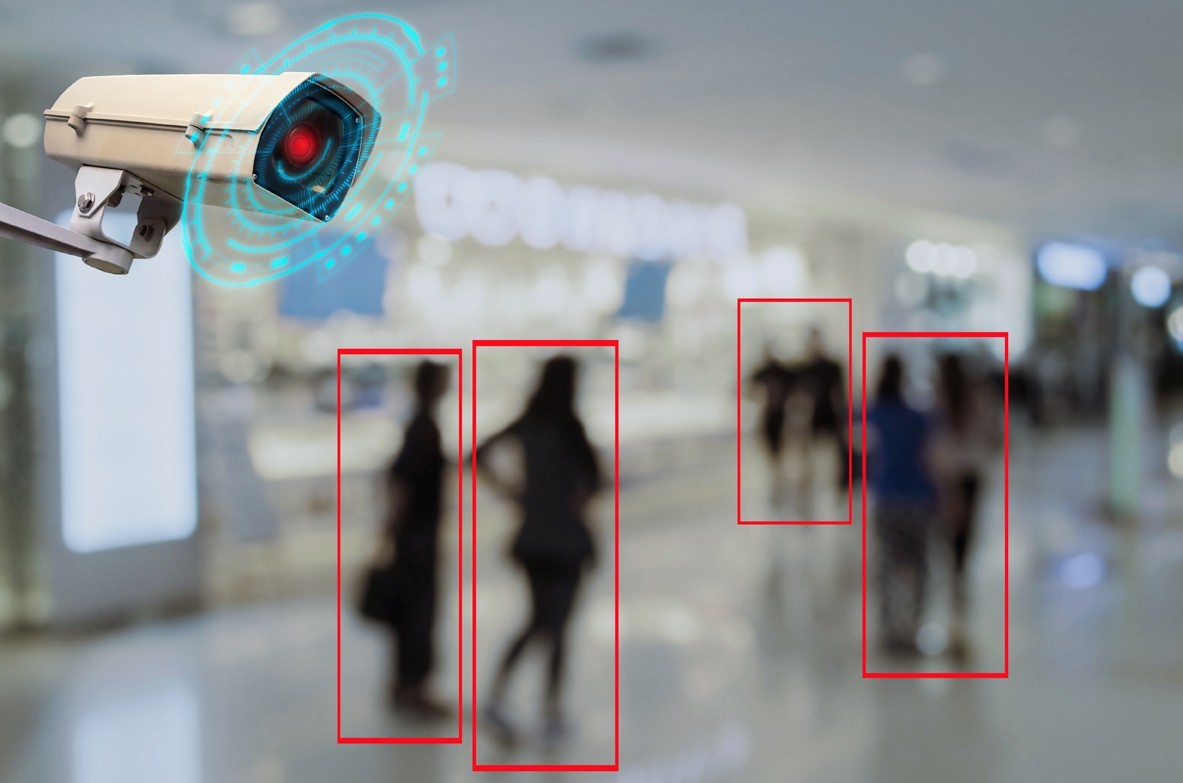
Stay up to date.
Subscribe for latest news, protection tips, special offers, and more!


